Walking Your Dog After Knee Replacement Surgery: A Timeline for Recovery
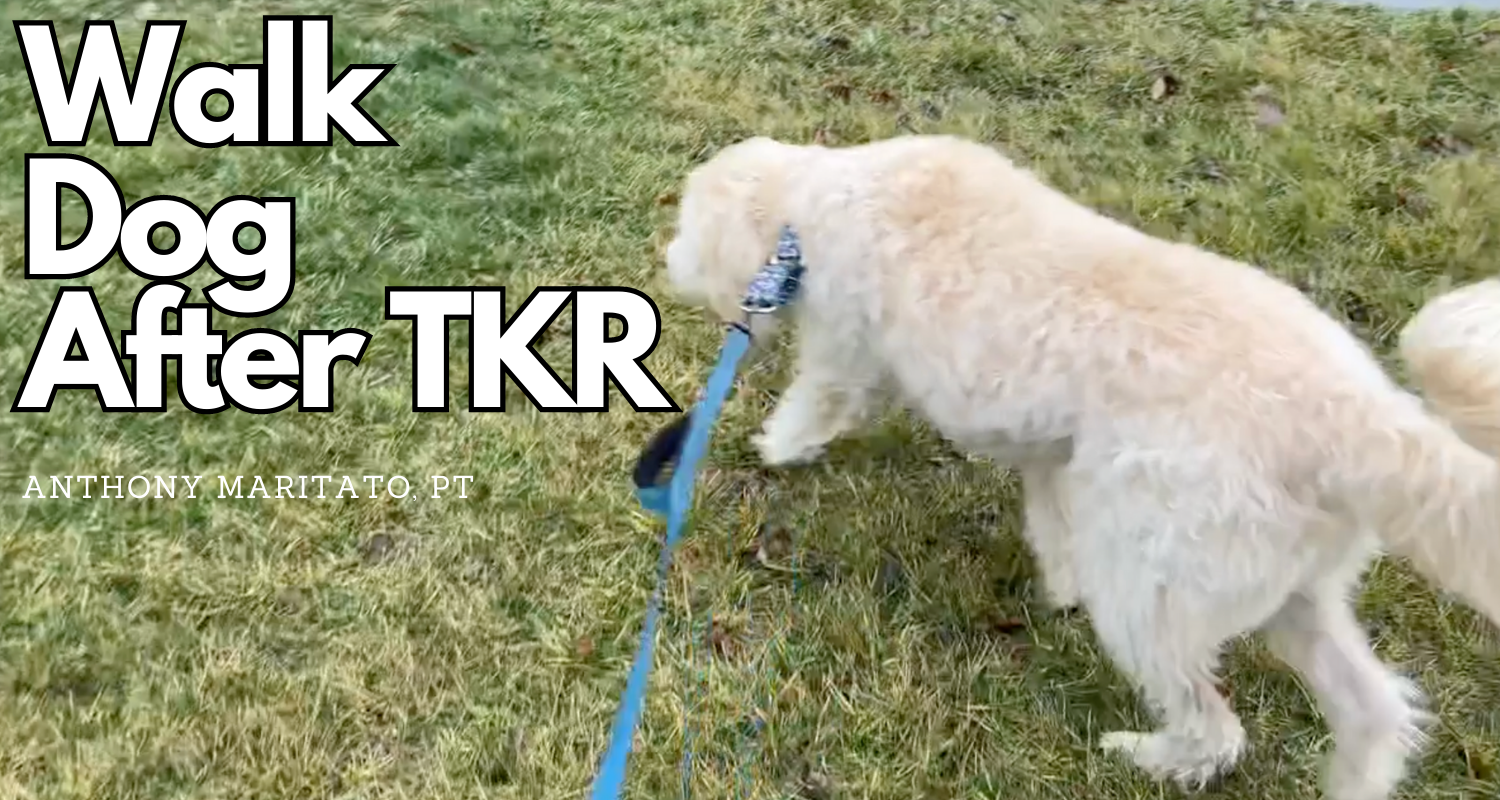
Introduction
Hello, fellow dog lovers and knee replacement warriors! I’m Anthony Maritato, a licensed physical therapist specializing in post-total knee replacement recovery. If you’re like me, your furry companion, Tucker, holds a special place in your heart, and going for walks together is a cherished activity.
As a proud dog owner myself, I understand the strong desire to return to walking your dog after undergoing knee replacement surgery. Tucker, my energetic 3-year-old double doodle, has been my faithful walking partner for years. We’ve explored nature trails, strolled through city sidewalks, and built a bond that brings immeasurable joy to my life.
While I haven’t experienced knee replacement surgery personally, my role as a physical therapist has given me valuable insight into the challenges and aspirations faced by individuals like you who are eager to resume their walks with their beloved canine companions.
In this article, I’ll guide you through the timeline for walking your dog after knee replacement surgery and share essential considerations, precautions, and personal experiences to help you navigate this exciting phase of recovery. Together, let’s embark on a journey that balances your love for your furry friend with your commitment to a successful knee replacement recovery.
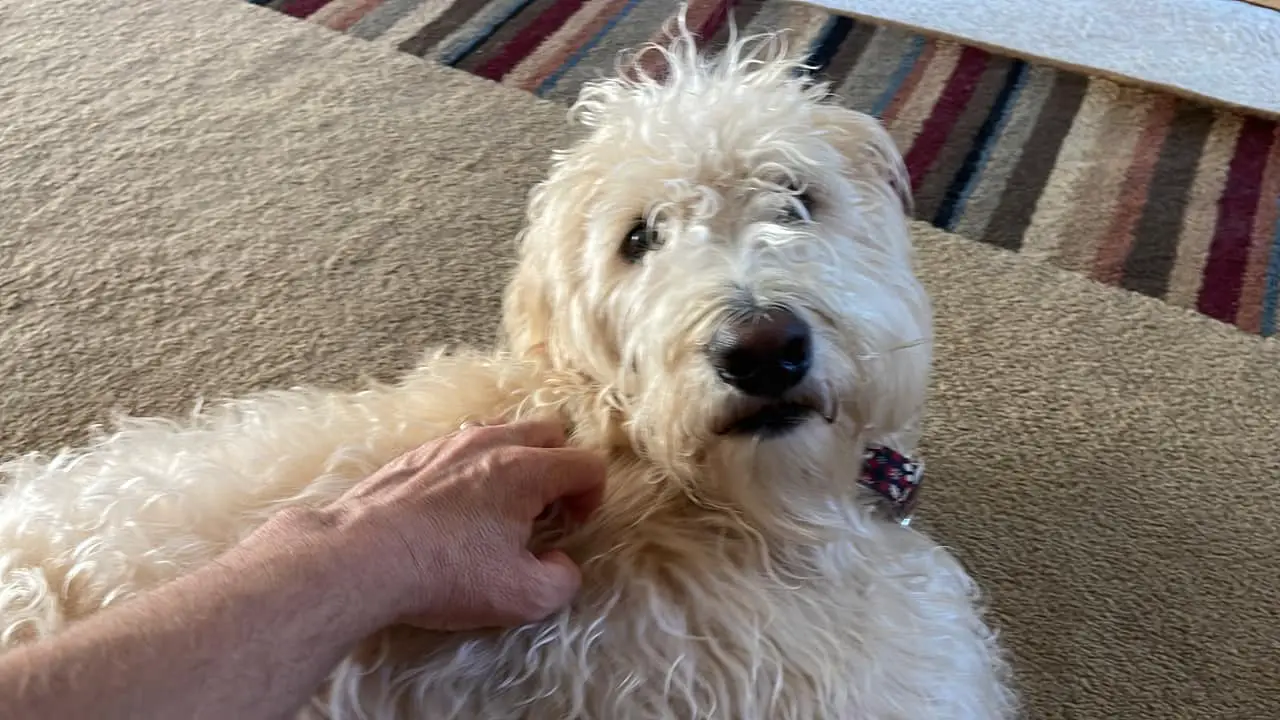
Walking Your Dog After Knee Replacement
Walking your dog after knee replacement surgery is an important part of the recovery process. It not only helps you regain your strength and mobility but also allows you to resume your normal activities with your beloved pet. As a licensed physical therapist and a dog owner myself, I understand the challenges and concerns that come with this phase of recovery.
When Can You Start Walking Your Dog?
Before you can start walking your dog after knee replacement surgery, it’s crucial to consult with your healthcare provider and follow their recommendations. Generally, the timeline for walking your dog varies depending on your individual progress and the specific instructions provided by your healthcare team.
Typically, in the early stages of recovery, you may be advised to avoid walking your dog altogether or limit the activity to short and supervised leash walks. This allows your knee to heal and adjust to the new joint. As you progress and your mobility improves, you can gradually increase the duration and intensity of your walks.
Guidelines for Walking Your Dog
When you are ready to walk your dog after knee replacement surgery, it’s essential to keep a few guidelines in mind to ensure a safe and effective recovery. Here are some tips:
- Start Slow: Begin with short walks, gradually increasing the distance over time. This helps prevent overexertion and allows your knee to adapt to the activity.
- Use a Leash: Keep your dog on a leash during walks to maintain control and prevent sudden movements or strain on your knee.
- Choose the Right Terrain: Opt for even and smooth surfaces, such as sidewalks or paved paths, to minimize the risk of tripping or uneven footing.
- Engage in Strength and Balance Exercises: Incorporate specific exercises recommended by your physical therapist during your walks to improve muscle strength and balance.
Personal Account: Walking Tucker
As a dog owner myself, I understand the joy and companionship that comes with walking your four-legged friend. My dog Tucker, a 3-year-old double doodle breed, loves going on walks with me. Before my knee replacement surgery, we enjoyed exploring nature trails and strolling along sidewalks together. Tucker walks well on a leash and off-leash, which made our walks enjoyable and stress-free.
While I have not personally undergone a total knee replacement, I empathize with dog owners who have. Through my experience as a physical therapist, I have seen how the recovery process can vary from person to person. It’s important to listen to your body, follow your healthcare provider’s advice, and gradually increase your activity level with your furry friend.
Remember, every individual and every dog is unique, so adapt these guidelines to your specific situation and consult your healthcare provider for personalized recommendations.

Safety Considerations and Precautions
When walking your dog after knee replacement surgery, it’s crucial to prioritize safety and take necessary precautions to prevent any accidents or setbacks in your recovery. Here are some key considerations to keep in mind:
Risks of Falls or Sudden Movements
As you regain your mobility, there is a risk of falls or sudden movements that can strain your knee. To minimize these risks:
- Ensure Proper Footwear: Wear supportive and comfortable shoes or sneakers that provide stability and reduce the risk of slipping.
- Stay Alert: Be aware of your surroundings and watch out for potential hazards like uneven surfaces, obstacles, or loose leash.
- Practice Controlled Movements: Avoid sudden jerks or quick changes in direction that could strain your knee. Train your dog to walk calmly beside you.
Supportive Leash and Walking Techniques
Using a supportive leash and employing proper walking techniques can help minimize strain on your knee and enhance your overall walking experience with your dog:
- Choose a Supportive Leash: Opt for a leash that offers a comfortable grip and has enough length to allow your dog to walk beside you without pulling or tugging excessively.
- Use Proper Walking Posture: Maintain good posture while walking by keeping your back straight, shoulders relaxed, and core engaged. This helps distribute your weight evenly and reduces strain on your knee.
- Practice Leash Control: Train your dog to walk on a loose leash, discouraging pulling or sudden movements that could affect your balance or knee stability.
Personal Account: Safety Precautions with Tucker
When it comes to walking Tucker after knee replacement surgery, I prioritize safety to ensure a smooth recovery. I always make sure to wear appropriate footwear, such as supportive athletic shoes, to provide stability and reduce the risk of slips or falls.
Using a sturdy leash with a comfortable grip allows me to maintain control over Tucker’s movements. I practice proper walking posture, keeping my back straight and my core engaged to distribute my weight evenly and protect my knee. Additionally, I’ve trained Tucker to walk calmly beside me, avoiding any sudden pulls or jerks that could strain my knee.
Remember, everyone’s recovery process is unique, and it’s important to consult with your healthcare provider for personalized advice. They can provide additional safety recommendations and address any concerns specific to your condition and the needs of your dog.
Conclusion
Walking your dog after knee replacement surgery is not only possible but also an important milestone in your recovery journey. By following the guidelines and precautions discussed in this article, you can safely and gradually regain your mobility while enjoying the companionship of your furry friend.
Let’s recap the key takeaways:
| ✓ | Consult with your healthcare provider to determine when it is safe to start walking your dog. |
| ✓ | Start with short and supervised leash walks, gradually increasing the duration and intensity as your mobility improves. |
| ✓ | Choose even and smooth surfaces for your walks to minimize the risk of tripping or uneven footing. |
| ✓ | Incorporate strength and balance exercises recommended by your physical therapist during your walks. |
| ✓ | Prioritize safety by wearing supportive footwear, staying alert, and practicing controlled movements. |
| ✓ | Use a supportive leash, maintain proper walking posture, and practice leash control techniques. |
Remember, every journey is unique, and it’s essential to listen to your body, follow your healthcare provider’s guidance, and progress at a pace that suits your individual needs. As you and Tucker venture out together, embrace the joy of walking and the healing power of your bond.
For personalized advice and recommendations, don’t hesitate to reach out to your healthcare provider. Wishing you a successful recovery and many happy walks with your furry friend!

Anthony Maritato, PT
Physical Therapist
Anthony Maritato, PT has been a licensed physical therapist and private practice owner since 2006. Ohio license #PT011602.
Anthony has been passionate about helping patients recover from total knee replacement surgery as well as rotator cuff repair surgery.
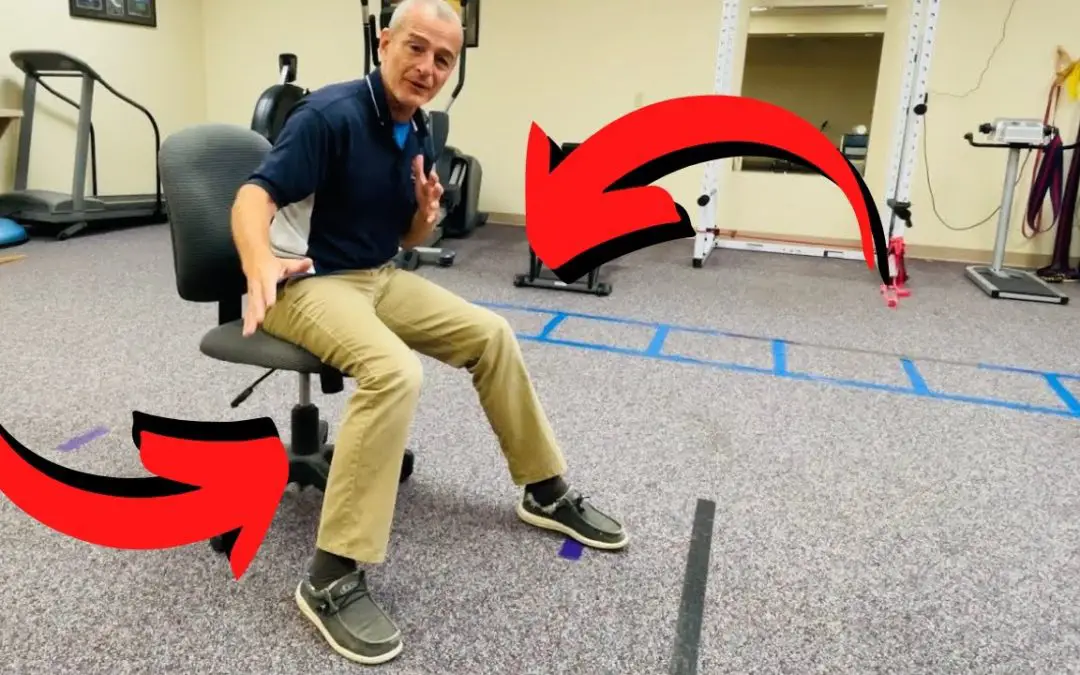
Stool Scoots Exercise aka Chair Scoot Exercise | AMAZING Knee ROM 2022
What is the Chair Scoot Exercise? The chair scoot exercise is a great exercise for anyone who has had arthroscopic knee surgery or a total knee replacement. It is a great option for people who have had a partial knee replacement as well. It is a simple exercise to...
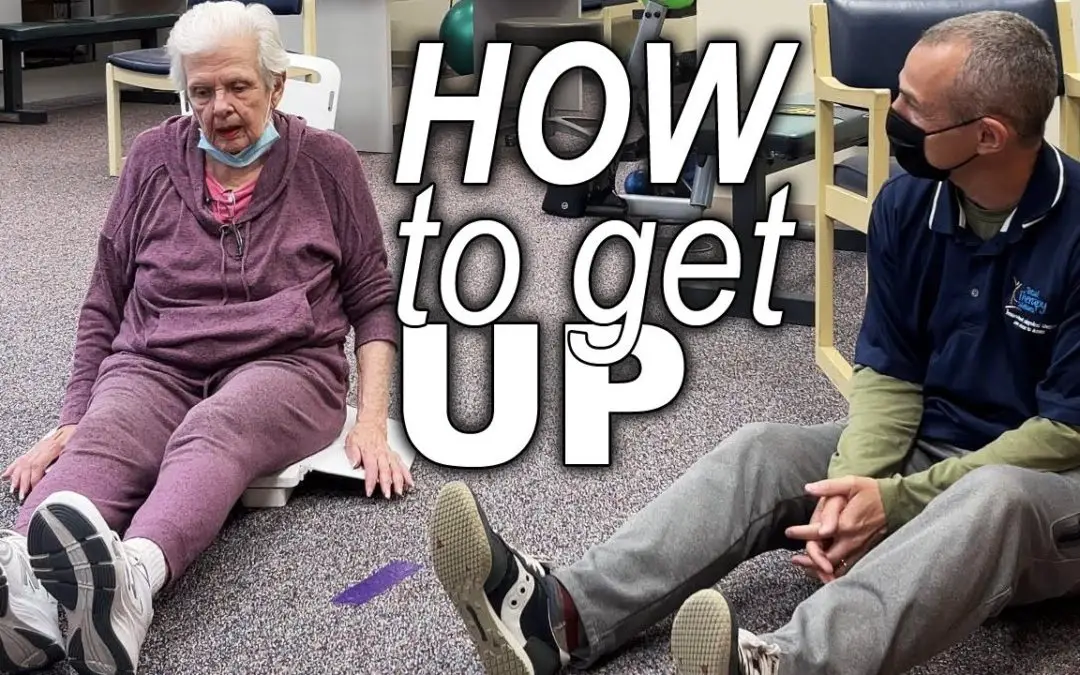
3 BEST Ways to get up from a Fall After Knee Replacement Surgery
How Common Do People Fall After Knee Replacement Surgery? A fall after knee replacement surgery is fairly common. One study found that "the number of falls reported following TKA ranges between 14.1 and 38.3%." Link What can cause a Fall After Knee Replacement Early...

Who Orders the Antibiotics After Knee Replacement Before Dental Work
Are Antibiotics Required Before Dental Work After Total Knee Replacement The topic of prophylactically using antibiotics after knee replacement before dental work remains controversial. Link This 2016 publication in Arthroplasty Today, suggests "Current international...

Second Knee Replacement 5 Quick FAQs
Is a second knee replacement worse than the first? There is a huge difference between the second knee replacement on the same knee, also known as a total knee revision surgery, and the second knee replacement on the other knee. As a physical therapist, I am fortunate...
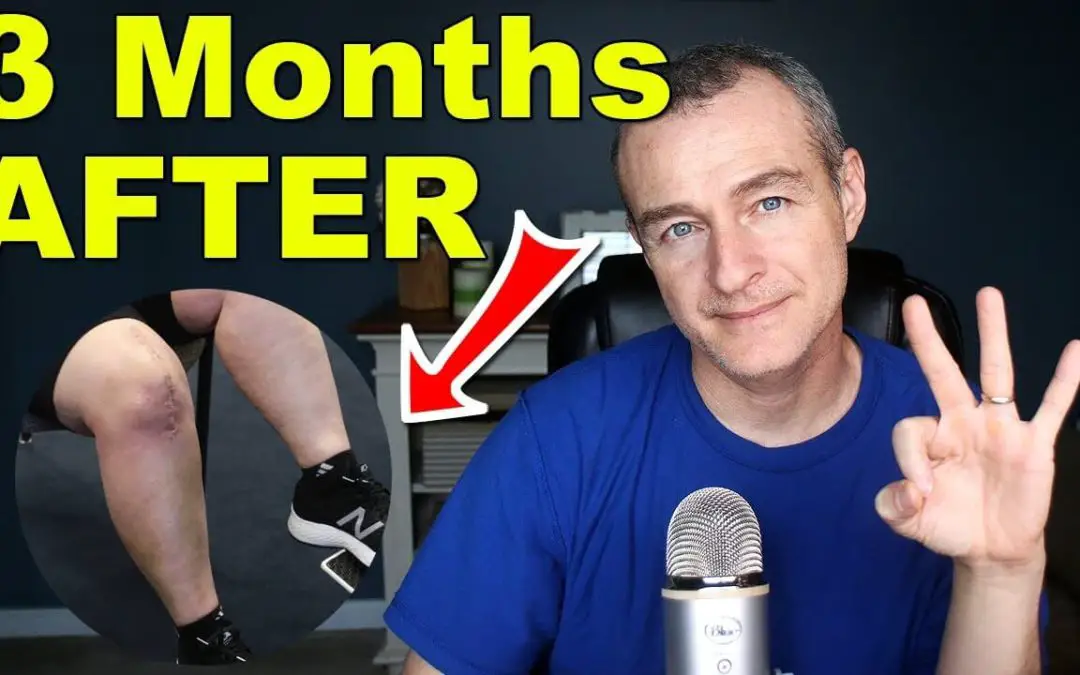
3 Months After Total Knee Replacement
What to expect 3 months after total knee replacement During the first 3 months after total knee replacement, you may experience lots of changes and rapid improvement. Range of motion will go from practically nothing to 120 degrees of flexion and 0 degrees of...
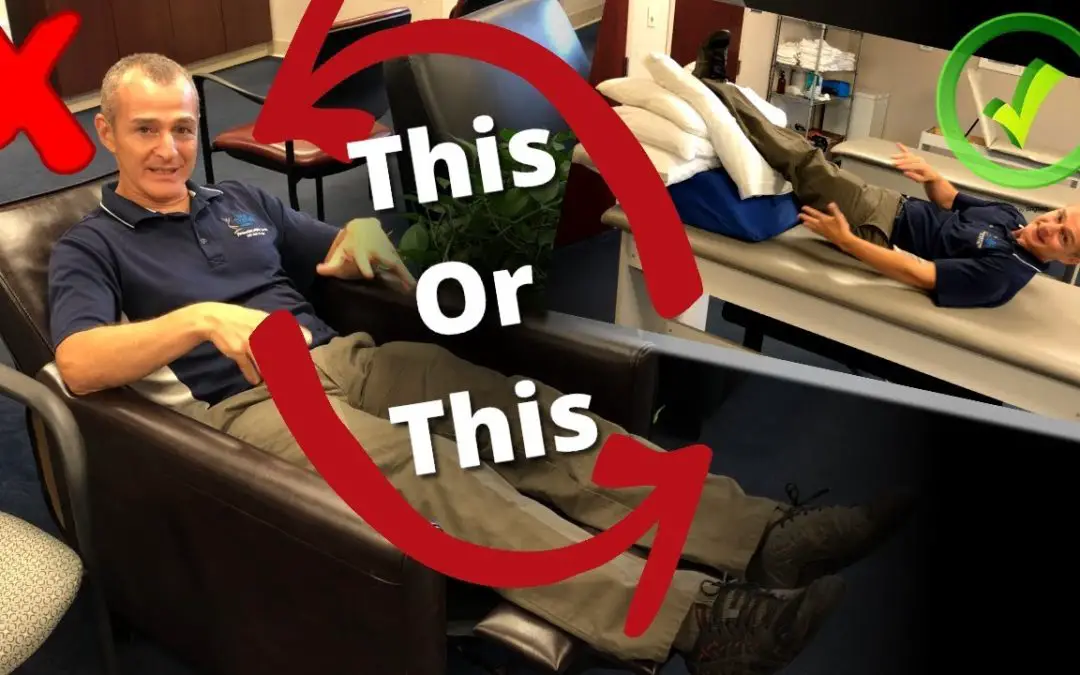
How to Choose the Best Recliner for Knee Replacement
Is a recliner required after total knee replacement surgery? Absolutely not! A recliner might be a convenient luxury, but if you don't already own one I would not tell you to rush out and buy one. In this article, I will discuss how to achieve the same positions on a...
![Best Ankle Pumps Exercise [Video] 3 Tips After Total Knee Replacement Surgery](https://totaltherapysolutions.com/wp-content/uploads/2022/08/ankle-pumps-after-total-knee-replacement-surgery-2.jpg)
Best Ankle Pumps Exercise [Video] 3 Tips After Total Knee Replacement Surgery
What are ankle pumps? Ankle pumps are a simple and effective exercise for post-surgery recovery and sedentary lifestyles after knee replacement surgery. Ankle pumps, as the name suggests, are simple exercises involving the rhythmic flexing and extending of the ankle,...
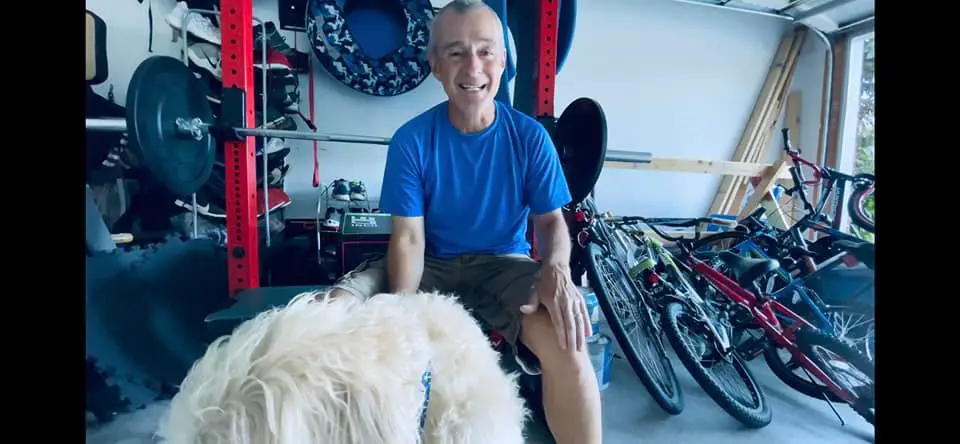
Why Does A Knee Pop When Standing From A Chair: Total Knee Replacement Questions
Facebook Question About A Knee Pop Sensation "I am 2 yrs post op on my right knee and when I get up from a sitting position it makes a pop sound almost all of the time. Is that normal." My response: Watch the video below to localize where the knee popping is coming...
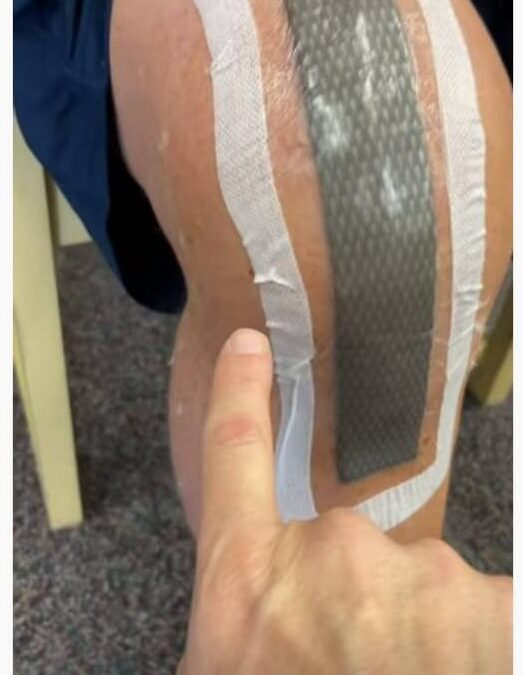
How to Shower After Knee Surgery 2022
When and How to Shower After Knee Surgery: Post Surgical Instructions Timeline Consult your surgeon or surgical team before showering. They will provide recommendations specifically for your post-surgical situation. Dr. Paul G. Kiritsis, M.D. suggests his patients are...